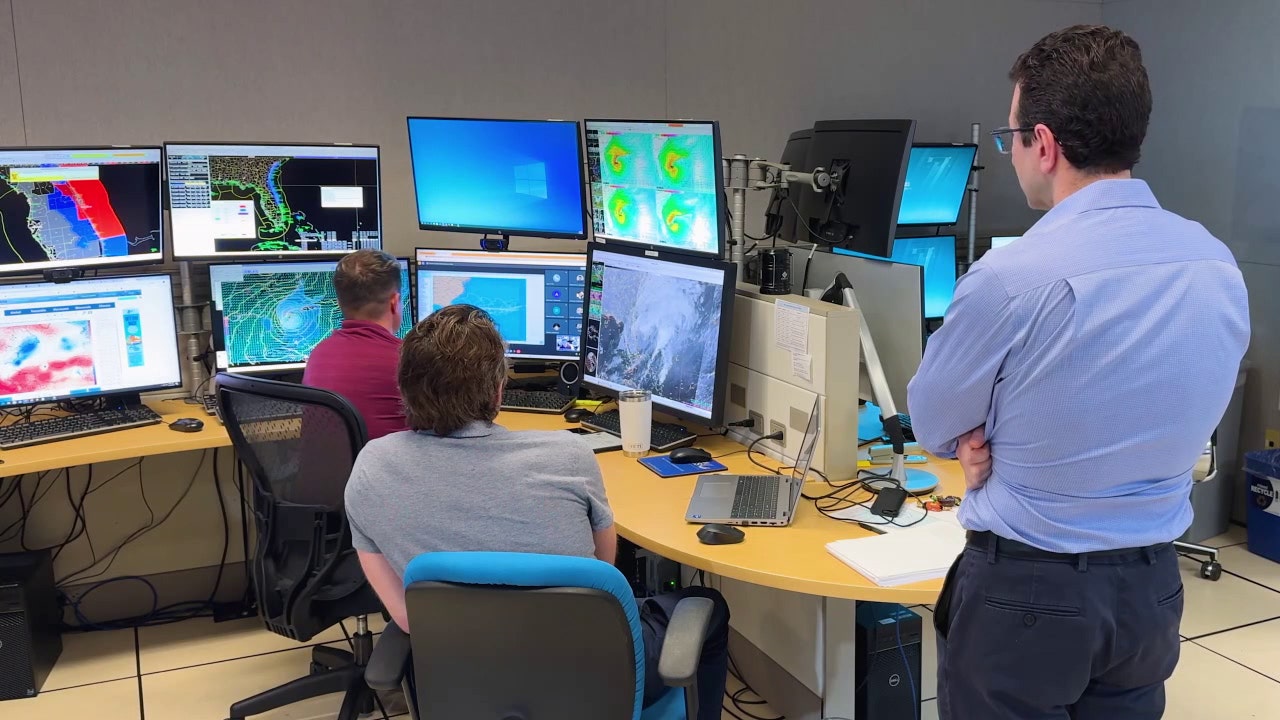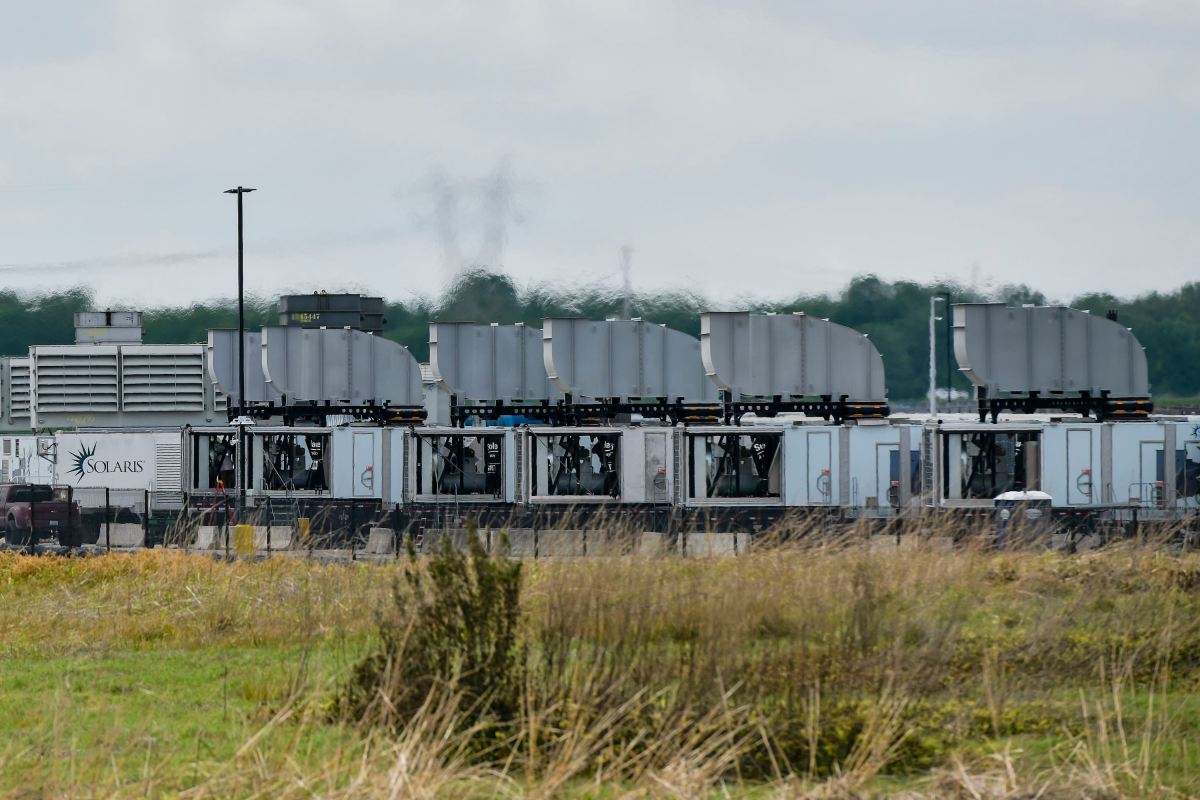
As the 2024 hurricane season begins, the National Weather Service (NWS) is taking a new technological leap by integrating artificial intelligence (AI) into its forecasting and monitoring capabilities. This marks the first time that AI has been actively used by the agency to assist in tracking and predicting hurricanes.
The initiative is part of a broader effort to improve the precision and speed of weather forecasts, particularly in the face of increasingly severe and unpredictable tropical storms. According to NWS officials, the new AI-enabled systems are designed to assist meteorologists by analyzing vast volumes of atmospheric data — including satellite imagery, ocean temperatures, wind patterns, and historical storm data — at speeds no human can match.
The application of AI will play multiple roles, including identifying early signs of storm formation, projecting potential storm paths, and providing real-time updates as hurricanes evolve. By automating aspects of the analysis, forecasters can spend more time reviewing complex data and communicating threats clearly and effectively to the public.
The pilot test during the 2024 season is also expected to highlight areas where AI can be further refined. The NWS stresses that while AI will enhance the forecasting process, final decisions and alerts will still be made by experienced meteorologists to ensure accuracy and public safety.
Climate experts note that as global temperatures rise, the risk of stronger and more frequent hurricanes increases, making advanced forecasting tools like AI more critical than ever. The integration of artificial intelligence represents a significant step forward in the modernization of weather services and disaster preparedness.
The NWS plans to evaluate the results of this season’s test to determine how AI might be more broadly implemented in future forecasting and emergency response initiatives.
Source: https:// – Courtesy of the original publisher.








